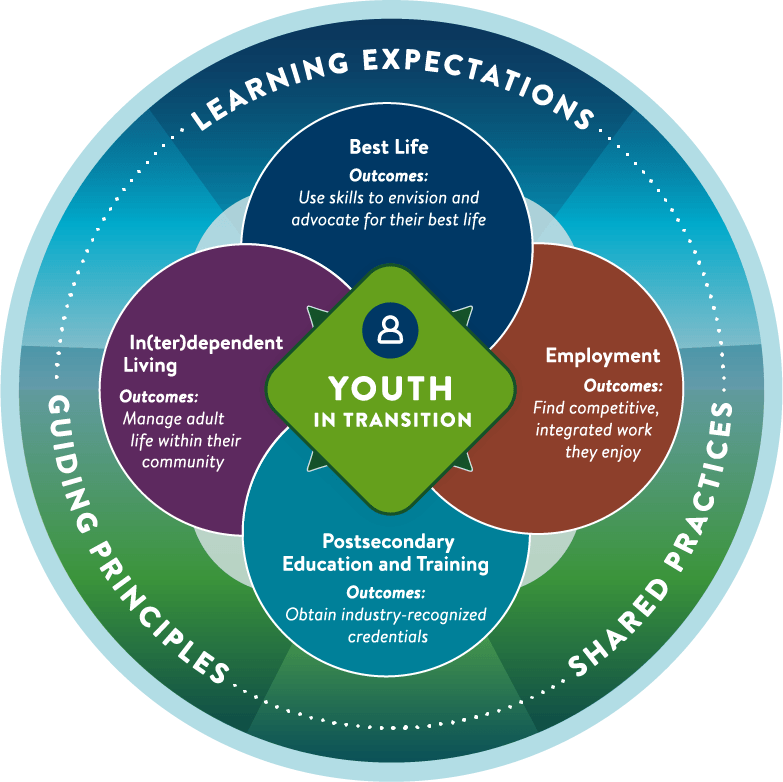Those in leadership, including special education directors / supervisors, Vocational Rehabilitation regional area managers, and waiver case manager supervisors, have an important role in applying and implementing Minnesota's Youth in Transition Framework.
Learn about key responsibilities and actions steps you can take to align your work at the system level to the Framework.

